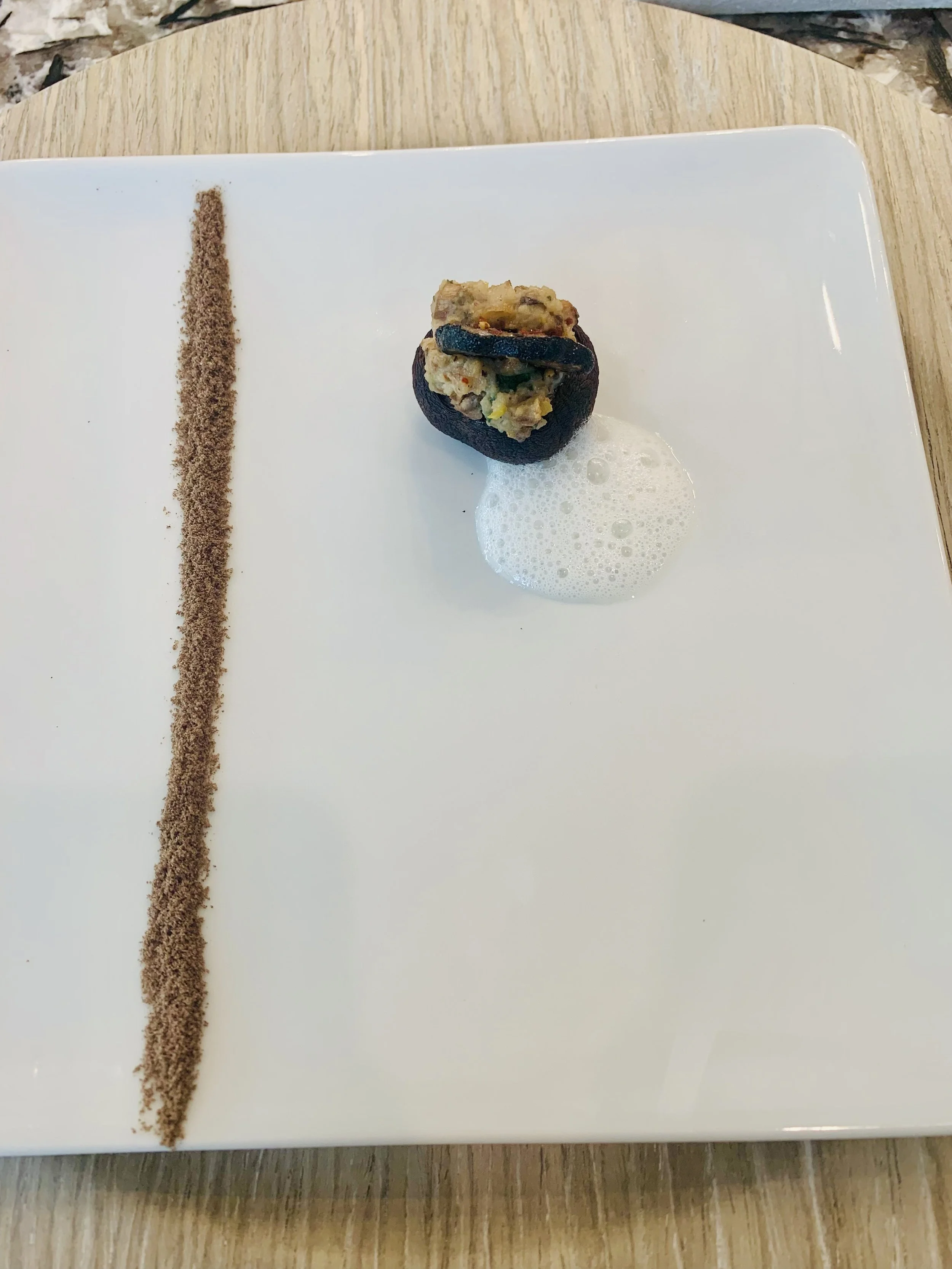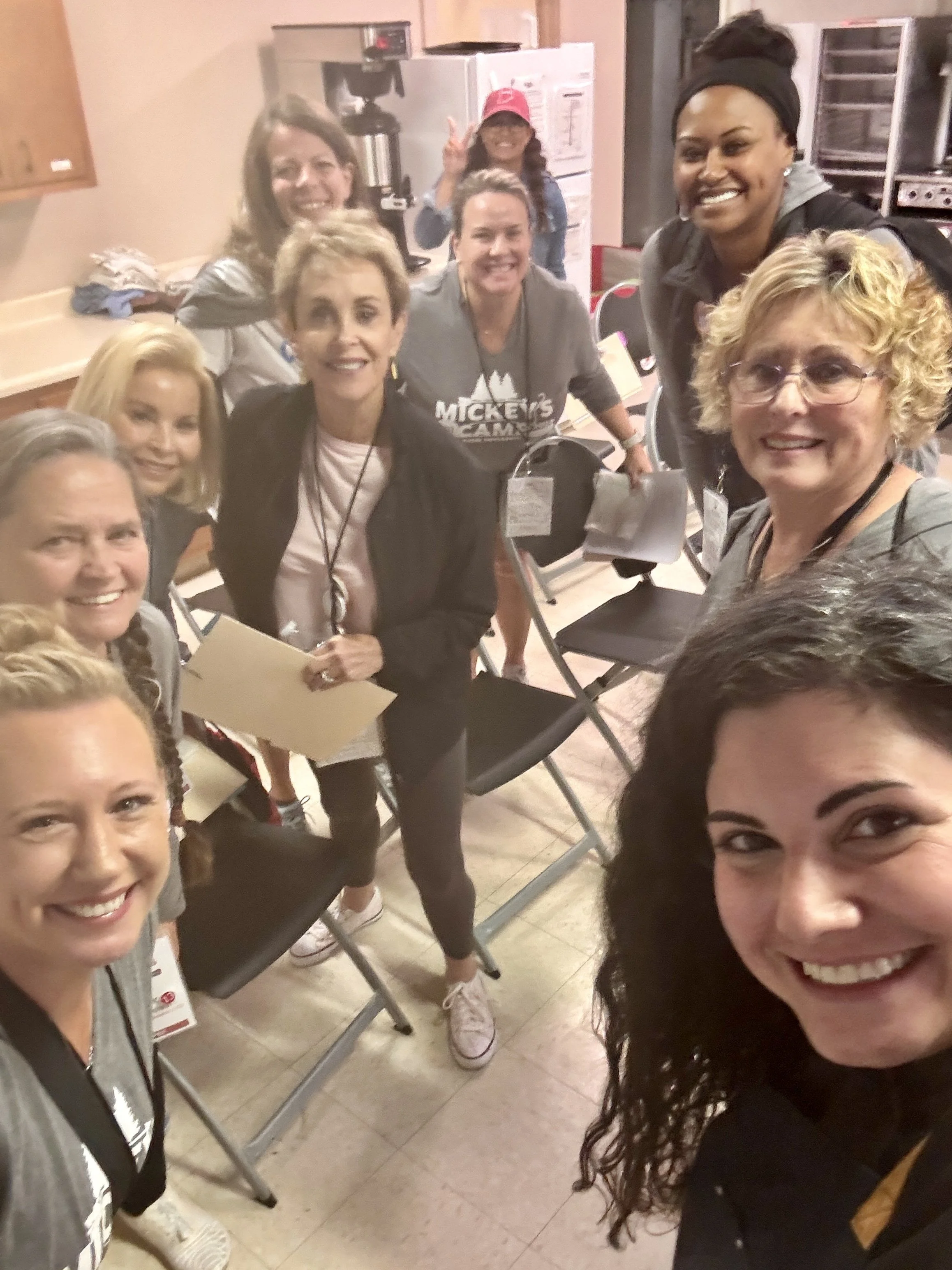Recipes and Culinary Creations: Turning Everyday Dishes Into Art
The Art of Food Presentation
Hi y’all! I’m Rebecca Raffle, an executive chef and entrepreneur living in Indianapolis. Today, I want to share some tips and tricks on how to transform your everyday meals into culinary masterpieces.
With a few simple techniques, you can elevate your home cooking and impress your family and friends. Let’s dive into the art of food presentation and creative recipes that turn ordinary dishes into extraordinary experiences.
Behind-The-Scenes: Making Berry Cardamom Coulis Spheres for 12-Course Chef’s Tasting Dinner, in Carmel, Indiana (By Chef Rebecca Raffle)
Chef Rebecca Raffle, Molecular Gastronomy Private Chef. www.RebeccaRaffle.com
They say we eat with our eyes first, and I couldn’t agree more. A beautifully presented dish not only looks appetizing but also enhances the overall dining experience.
Here are some key elements to consider when plating your meals:
1. Color Contrast
Incorporate a variety of colors to make your plate visually appealing. Fresh vegetables, herbs, and sauces can add vibrant hues that catch the eye. For instance, pairing roasted carrots with a green herb sauce creates a striking contrast.
2. Texture Variety
Combining different textures adds depth to your dish. Think of crispy garnishes on a creamy soup or a crunchy salad topping on a tender piece of meat. This interplay keeps each bite interesting.
3. Plate Selection
Choose plates that complement your dish. White plates are classic and make colors pop, while darker plates can add a touch of elegance. Ensure the plate size matches the portion to avoid overcrowding or excessive empty space.
4. Garnishing with Purpose
Use garnishes that enhance the flavor and appearance of your dish. Fresh herbs, edible flowers, or a drizzle of sauce can add the finishing touch. Remember, garnishes should be edible and complement the dish’s flavors.
For more detailed tips on food presentation, check out this guide on The Art Of Food Presentation — Plating Like A Pro.
Transforming Everyday Recipes
Now, let’s take some common dishes and elevate them with creative twists:
1. Gourmet Grilled Cheese
Upgrade a simple grilled cheese by using artisanal breads and a mix of gourmet cheeses like brie and aged cheddar.
Add ingredients like fig jam or caramelized onions for a sweet and savory balance. Serve with a side of tomato bisque presented in a stylish bowl for an elegant touch.
2. Deconstructed Salad
Present your salad components separately on the plate, allowing each ingredient to shine. Arrange sliced heirloom tomatoes, fresh mozzarella, and basil leaves artfully, and drizzle with balsamic reduction.
This deconstructed approach adds sophistication to a classic Caprese salad.
3. Elevated Pasta Dish
Transform spaghetti and meatballs by making fresh pasta and mini meatball skewers. Plate the pasta in a nest shape, place the skewers on top, and garnish with freshly grated Parmesan and chopped parsley.
This presentation adds a restaurant-quality feel to a home-cooked meal.
I make this gnocchi dish for my 14-Course Chef’s Tasting Dinner. The dinner is a symphony in my head and every course flows perfectly into the next. This one dish was prepared over 2-days, completely from scratch. The parmesan crumble was dehydrated (slowly by hand) using Maltodextrin.
For inspiration on creative plating techniques, you might find this video helpful:
Tools of the Trade
To achieve these presentations, consider investing in some basic plating tools:
Squeeze Bottles: For precise sauce placement.
Plating Tweezers: To handle delicate garnishes.
Ring Molds: For shaping foods like rice or salads.
Microplane Grater: For fine garnishing with zest or cheese.
Check out my Blog Here for lists of my favorite things. These tools can help you execute professional-looking plates at home.
“White Chocolate and Vanilla Bean Panna Cotta with, Fresh Berries, Berry Cardamom Coulis Spheres (to pick up and eat or break over the dessert).” I made this on-site in front of Clients (dinner and a show) so there was no time to eliminate the air bubbles within the spheres. I always serve this with warm, housemade Demerara sugar rocks, for texture.
Practice Makes Perfect
Remember, transforming everyday dishes into art takes practice and creativity. Don’t be afraid to experiment with different ingredients, colors, and textures.
The goal is to make your meals not only delicious but also a feast for the eyes.
If you’re interested in learning more about food presentation and culinary techniques, stay tuned for my upcoming cooking classes and workshops. Let’s make every meal a masterpiece!
Why Molecular Gastronomy Matters
Molecular gastronomy isn’t just a flashy trend—it’s a way to connect science, creativity, and flavor. It challenges us to think differently about food and sparks curiosity about the ingredients we use daily.
For me, it’s also about storytelling. It’s my art and how I express myself. Every dish tells a tale of innovation, precision, and a touch of whimsy.
Whether I’m working with a private client or teaching a class, I love showing others how food science can turn ordinary ingredients into something extraordinary.
How You Can Start Exploring Molecular Gastronomy
You don’t need a fancy lab or expensive equipment to get started. Here are some tools and ingredients to try at home:
Tools: Immersion blender, syringe, silicone molds, and a culinary torch.
Ingredients: Sodium alginate, calcium chloride, agar-agar, and soy lecithin (all available online).
Start small—try making fruit juice pearls for a fun garnish or a foam to top your favorite dessert.
“French Lemonade and Guava Key Lime Caviar” This is the first palate cleanser for my 14-Course Molecular Gastronomy Chef’s Tasting Dinner. The caviar explode in your mouth, covering the tongue with sparkling lemonade and a light guava citrus. This makes one’s mouth ready for the next course. Chef Rebecca Raffle.
Looking Forward: My Mission to Make Molecular Gastronomy Accessible
One of my goals is to make molecular gastronomy approachable for everyone. Whether through my cooking classes, recipes, or content, I want to demystify the science behind these techniques and inspire others to experiment. Food should be fun, engaging, and a little bit magical!
Topics:
Food presentation techniques
Creative recipes
Plating like a pro
Elevating home cooking
Gourmet grilled cheese
Deconstructed salad
Culinary art at home
Indianapolis chef
Cooking classes and workshops











Ever feel like time slows down during tough moments or flies by when you’re having fun? It’s not your imagination, it’s science! Explore the fascinating world of time perception, from Einstein’s relativity to how emotions and focus shape our experience of time. Plus, get practical tips to slow down and savor life’s moments. Whether you’re a curious foodie, science enthusiast, or someone seeking mindful living hacks, this blog will change how you see time forever.